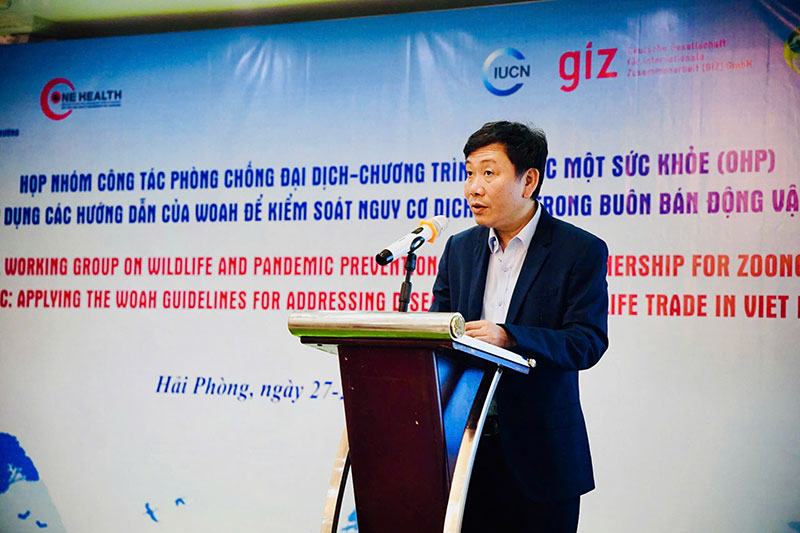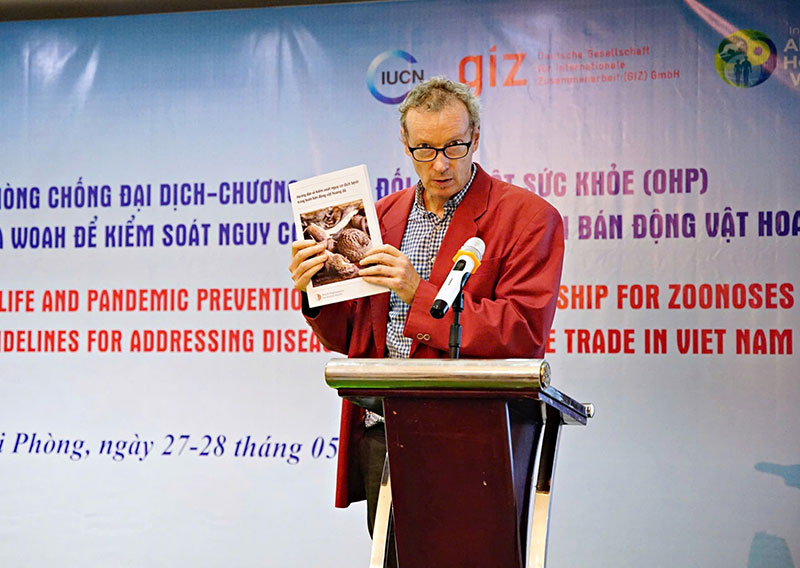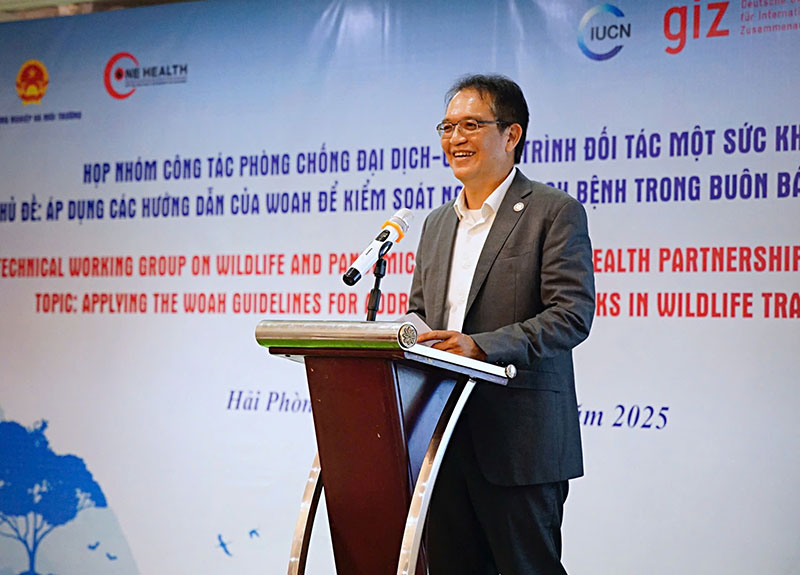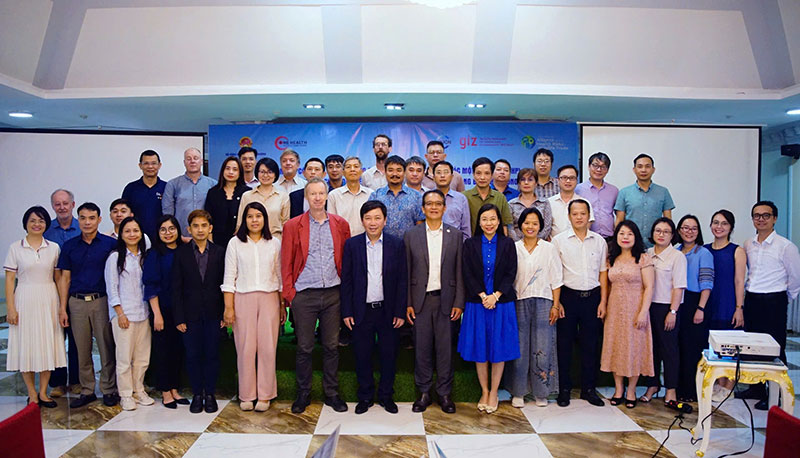2025-05-27 20:25:30
On May 27–28, the Pandemic Prevention Working Group under the One Health Partnership (OHP) for Zoonoses held a specialized meeting on controlling disease risks in wildlife trade, with participation from multiple domestic agencies and international partners.
The meeting focused on controlling disease risks in wildlife trade, applying guidelines from the World Organisation for Animal Health (WOAH).
In the context of increasing zoonotic diseases—many linked to wildlife supply chains—risk control at contact points along the supply chain has become urgent. Vietnam is a country with rich biodiversity but is also in a sensitive region for both legal and illegal wildlife trade.
Dr. Nguyễn Đỗ Anh Tuấn, Director General of the International Cooperation Department, Ministry of Agriculture and Rural Development (the main coordinating agency of the One Health Partnership for zoonotic disease control), emphasized that to effectively control diseases transmitted from wildlife to humans, strengthening dissemination and application of WOAH guidelines is the optimal solution to ensure safety in Vietnam and align with international standards. WOAH guidelines provide a comprehensive risk analysis framework, including hazard identification, exposure assessment, risk description, risk management, and risk communication. These elements need to be flexibly applied in Vietnam’s context, where wildlife trade is diverse, complex, and intertwined between legal and illegal activities.

Mr. Jake Brunner, Head of the International Union for Conservation of Nature (IUCN) Lower Mekong Subregion Office and co-chair of the Task Force meeting, stressed that animals seized in the wildlife trade chain are often mixed with animals from farms and other captive facilities. Therefore, both legal and illegal trade activities must be considered because pathogens from animals can spread indiscriminately.

In agreement with Mr. Brunner, Mr. Pawin Padungtud, Senior Coordinator of ETACD-FAO Vietnam, also emphasized focusing on disease transmission risks along the supply chain—from capturing wildlife in forests, transportation, seizure, to rescue and rehabilitation centers, with potential release back into the wild. These are all points where humans come into contact with stressed and possibly diseased animals. The risk of zoonotic diseases is clear.

The Task Force identified specific gaps and proposed measures including:

Based on these gaps, the Ministry of Agriculture and Environment through specialized units has been coordinating closely with stakeholders to:
Through One Health forums, stakeholders hope:

The Ministry of Agriculture and Environment commits to continuing to promote cooperation, mobilize resources, and drive policy reforms to effectively control disease risks in wildlife trade—for the health of humans, animals, and ecosystems. Vietnam will continue to: